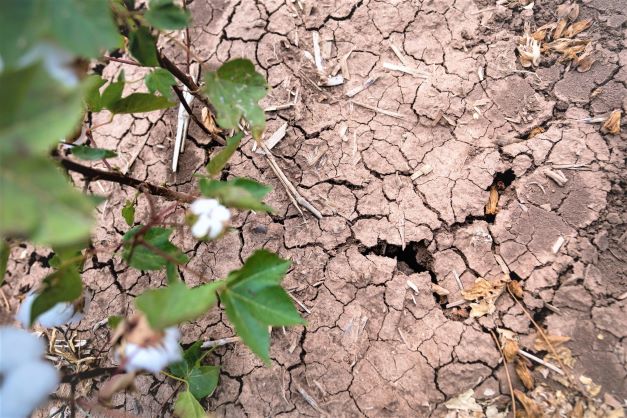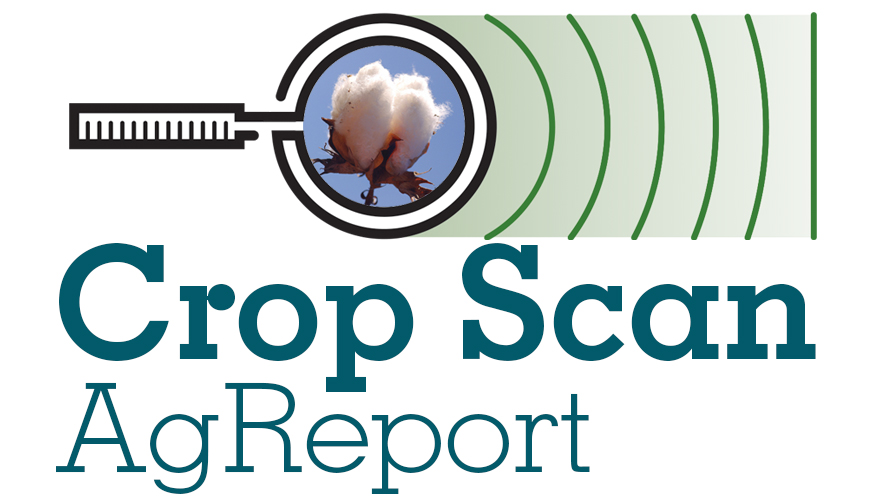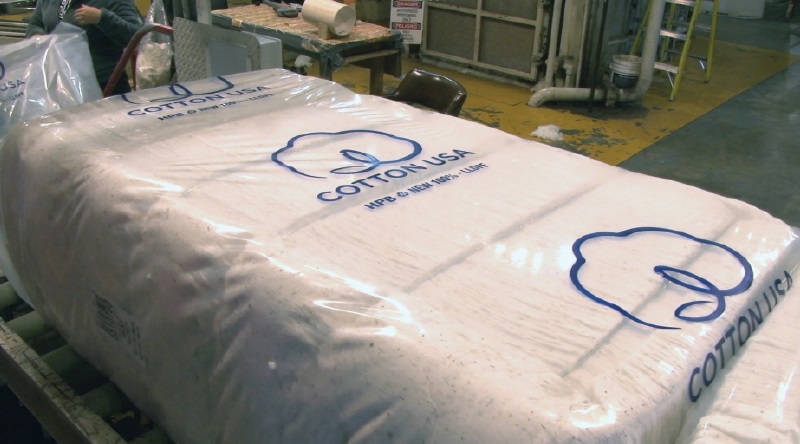Crop Insurance is Necessary Protection
If ever a year slammed home the importance of crop insurance, it was 2022.
For many cotton growers, especially in the Texas High Plains and Panhandle areas, it proved to be a saving grace as plantings dried up and withered away — if they emerged at all.
As Ian McIntosh, a fourth-generation farmer in Floydada, TX, put it in late August, “The worst thing about a drought is it doesn’t cover any of your mistakes. I’m comfortable right now, even though it’s been a disastrous year. Having crop insurance come in has been great, and I know I can make it at least into next year and beyond.”
Dr. John Robinson, Professor and Extension Cotton Marketing Specialist at Texas A&M University, points out that crop insurance is an absolute necessity —not a “nice–to–have.”
Photo: Texas A&M AgriLife Extension
“Crop insurance is necessary to backstop and enable farm financing,” he explains. “Growers are not going to get an operating loan unless they have the value of that potential crop, the lint, and the seed covered with the available insurance products. It’s obvious in a year like this that you need it. “But in Texas, it’s always potentially going to be hot and dry whether we’re in a drought or not. Crop insurance is fundamental, and everybody is going to insure their crop or they’re not going to plant it.
“This year, it’s going to be important knowing that we’ll likely have carryover debt,” Robinson adds. “If growers have losses, crop insurance doesn’t make them money and it might not make them all the way whole. It’s just going to make them somewhat whole and allow them to refinance the carryover debt going into next spring. It will continue to be important.”
More Accessibility in 2023
USDA recently invested about $3.3 million in two new partnerships to help train and equip the next generation of crop insurance agents, adjusters, and outreach educators about crop insurance options. These partnerships with the Intertribal Agriculture Council (IAC) and the University of Arkansas’ Southern Risk Management Education Center were established to help USDA’s Risk Management Agency (RMA) broaden participation in crop insurance, especially among underserved producers.
“Crop insurance strengthens American agriculture, and we want to make sure all farmers are aware of the tools available to manage risk,” says RMA Administrator Marcia Bunger. “We have a lot of work to do to engage underserved producers in our risk management tools. These two partnerships will let us engage with communities that have historically lacked access to resources and education. Both partnerships aim to cultivate creativity and innovation as they work to empower, educate, and provide outreach to underserved producers.”
IAC and the University of Arkansas both have a proven track record of success working with RMA and have the infrastructure needed to successfully strengthen the education and outreach on adopting risk management tools in underserved agricultural communities.
In addition to the two new partnerships, RMA has invested $3.19 million since 2021 in 25 projects with multiple partners to expand outreach and education on crop insurance through the Risk Management Education Partnership Program. Additional information about all of RMA’s outreach and education efforts can be found online.









